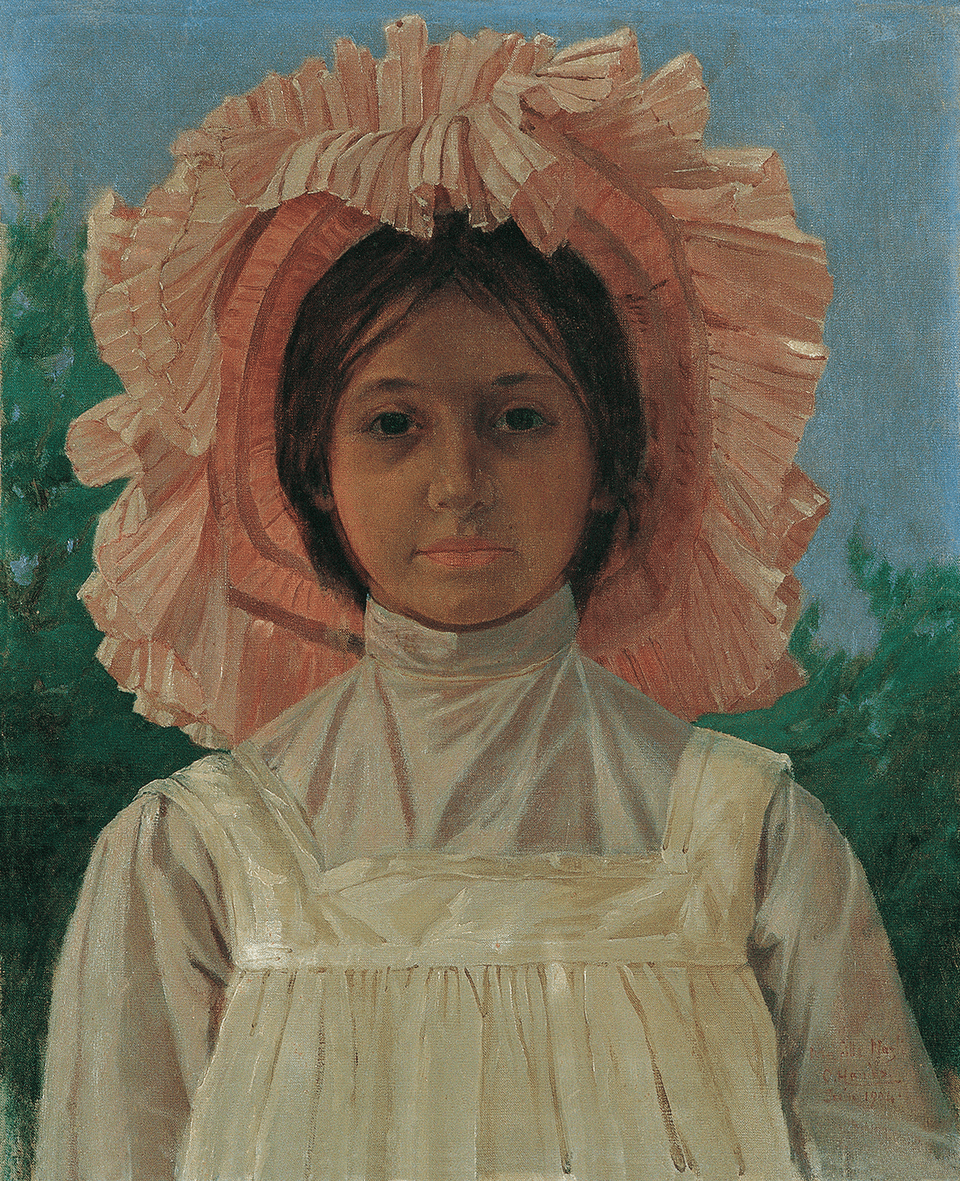Director: Jean-Luc Godard
Cast: Michel Piccoli, Brigitte Bardot, Jack Palance, Fritz Lang, Giorgia Moll, Jean-Luc Godard
France, Italy , 1963, 103’, color, French, English, Italian, German with Turkish subtitles
Adapted by Godard from Alberto Moravia’s novel Il Disprezzo, this film has often been cited as one of the best 50 films of the history of cinema. Screenwriter Paul Laval goes to Capri with his wife to work on the script of a Homer adaptation by Fritz Lang. The couple meets the American producer Prokosch there and begins to fight. Camille imagines that her husband is encouraging her to sleep with the producer so that he will get the job. The couple falls apart. Brigitte Bardot, who until then acted in light films that generously showcased her naked body, worked for the first time with a pioneering New Wave director like Godard, and the rare cinematic harmony between the two ensured the success of the film. Godard quotes André Bazin, the famous cinema critic: “Cinema changes our look with a world that suits our desires.”
Trailer

The Suna and İnan Kıraç Foundation’s Orientalist Painting Collection includes two children’s portraits that are often featured in exhibitions on the second floor of the Pera Museum. These portraits both date back to the early 20th century, and were made four years apart. One depicts Prince Abdürrahim Efendi, son of Sultan Abdulhamid II, while the figure portrayed on the other is Nazlı, the daughter of Osman Hamdi Bey.
Tuesday - Saturday 10:00 - 19:00
Friday 10:00 - 22:00
Sunday 12:00 - 18:00
The museum is closed on Mondays.
On Wednesdays, the students can
visit the museum free of admission.
Full ticket: 300 TL
Discounted: 150 TL
Groups: 200 TL (minimum 10 people)